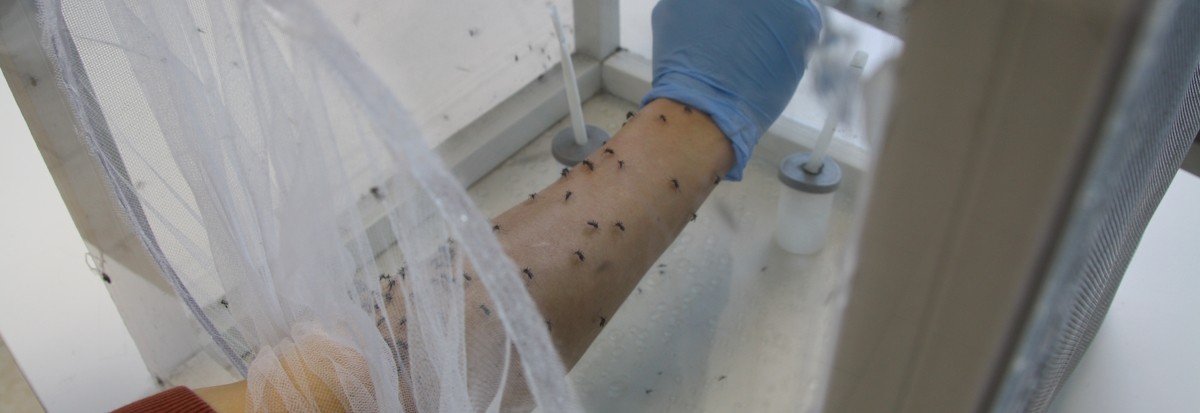To evaluate the efficacy of any type of product, both insecticides and repellents, the best method is to reproduce the conditions of use. How realistic the simulation is depending on the aspect to be investigated, type of product and target species.
Evaluation of the efficacy of repellents is, generally, more difficult than for insecticides because while the insect cannot decide to be resistant, with repellents, as well as attractants, the insect can choose to move toward, fly away or remain where it is. The general set-up for the evaluation of a repellent involves the use of an attractive stimulus and the repellent is then applied in its opposition. The balance between attraction and repellence defines if the product is effective or not. So, while when an insecticide is tested and the insect is hit, the animal cannot do anything but die or survive, with the repellent the insect can decide if the repulsive stimulus is stronger than the attractant, and this depends on the motivation.
It is like when you wish to smoke a cigarette but you have to go outside where it is cold and stormy. You can renounce smoking, and remain inside where it is warm, or you can face the blizzard to get your ration of nicotine. It is just matter of motivation.
The same applies to repellent testing, how motivated is the insect, how attractive is the attractant and how strong is the repellent?
When the repellent is tested against mosquitoes, the choice of attractant depends on the species and test conditions. If the species is Anopheles gambiae, Culex quinquefasciatus, Aedes albopictus or Aedes aegypti, and the study is conducted in a laboratory using reared mosquitoes, the best attractant is the same researcher. A starving mated female mosquito desires nothing but a blood meal and will react very clearly and fast when this is offered. If the test is run in the field, with the risk of transmission of diseases, the use of human volunteer is not recommended and it is better to use attractants like Octenol, CO2 or others. These attractants are more effective for some species (Culex, Anopheles etc.) with respect to others (Aedes aegypti, Aedes albopictus), so the “motivation” is also different.
When the target species is not a mosquito, the lack of attractants able to induce a strong reaction is a big issue. For a house fly, for instance, there are many attractants but they are not effective enough to cause an immediate reaction, especially during a test conducted in the laboratory. The same applies to most of the pests we face when a biocide PT19 is under development. The slow response of the insect to the stimulus makes it very difficult to interpret its attraction and if the attractant is not effective, the insect is not very motivated and will move randomly. The consequence is very variable data with a huge variance and difficulty in drawing conclusions.
And if the attractant is not effective, how can we understand the real efficacy of the repellent?

















